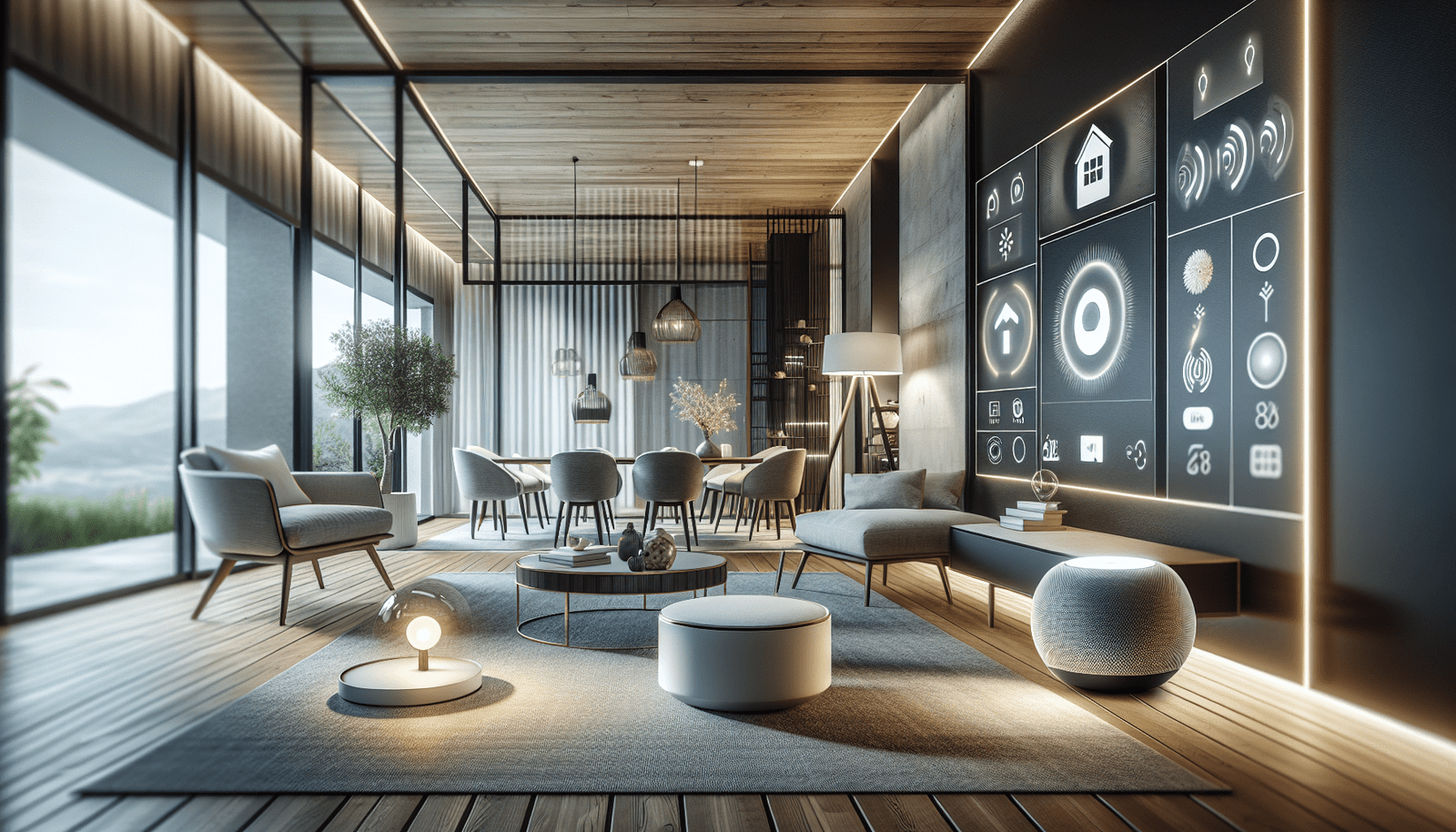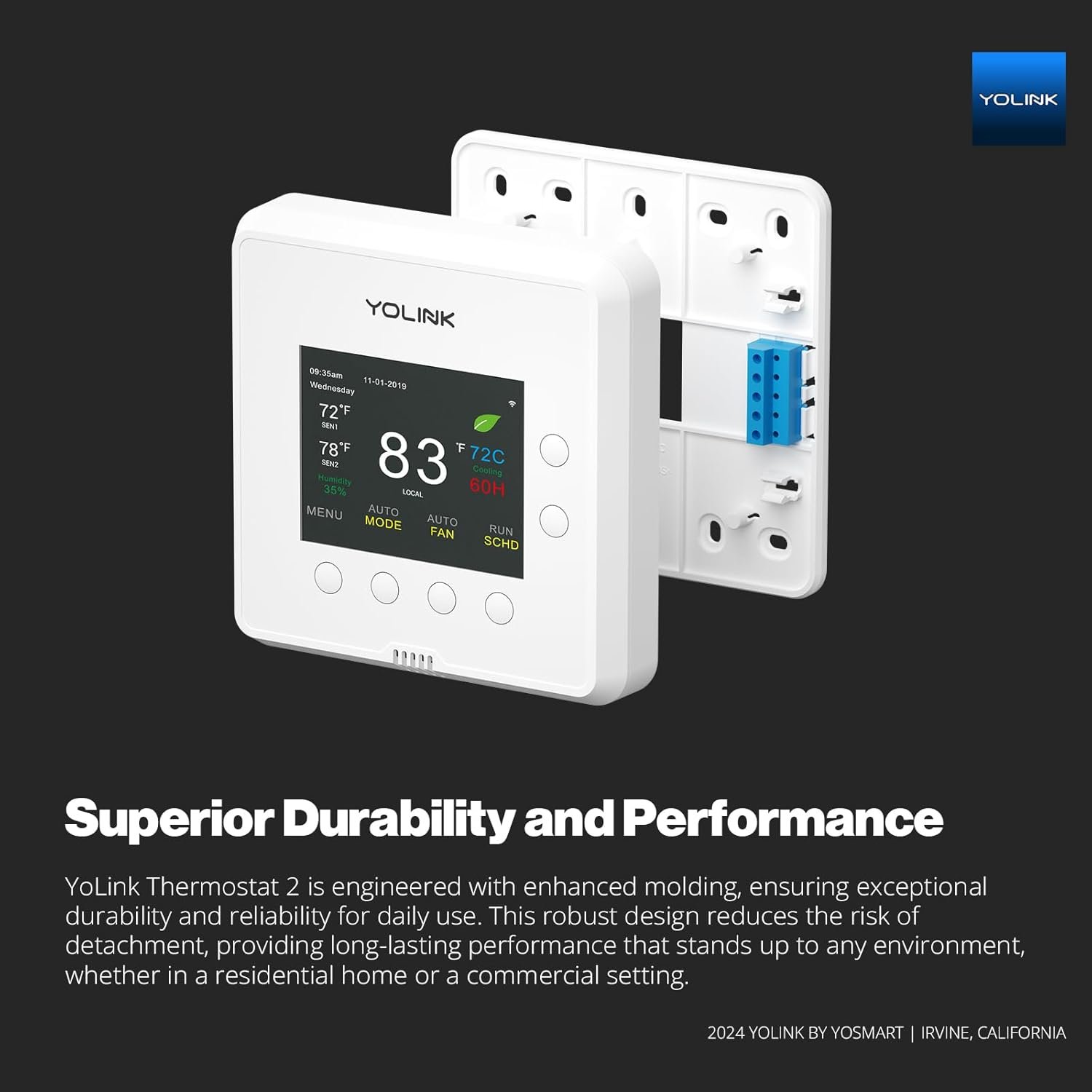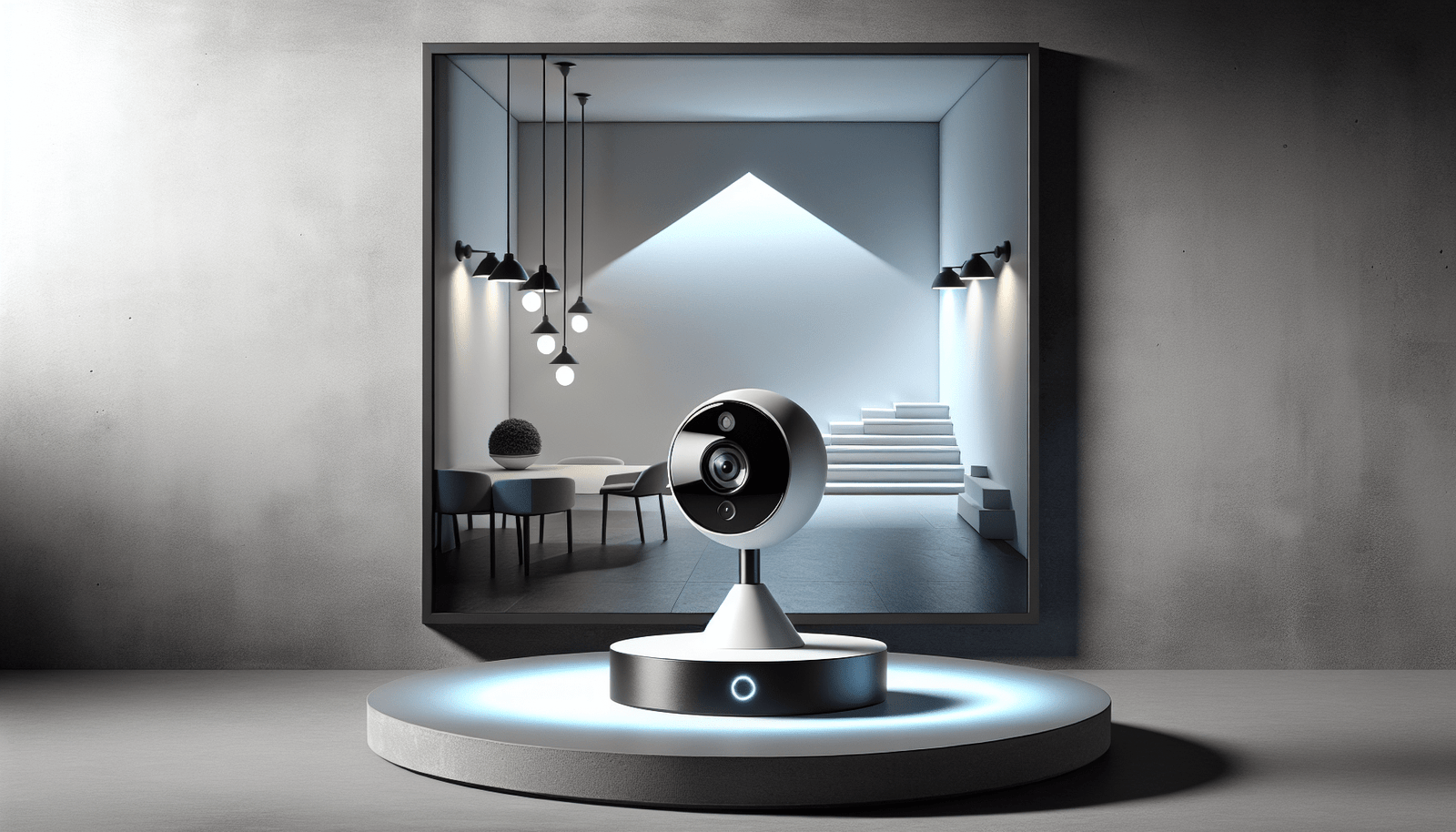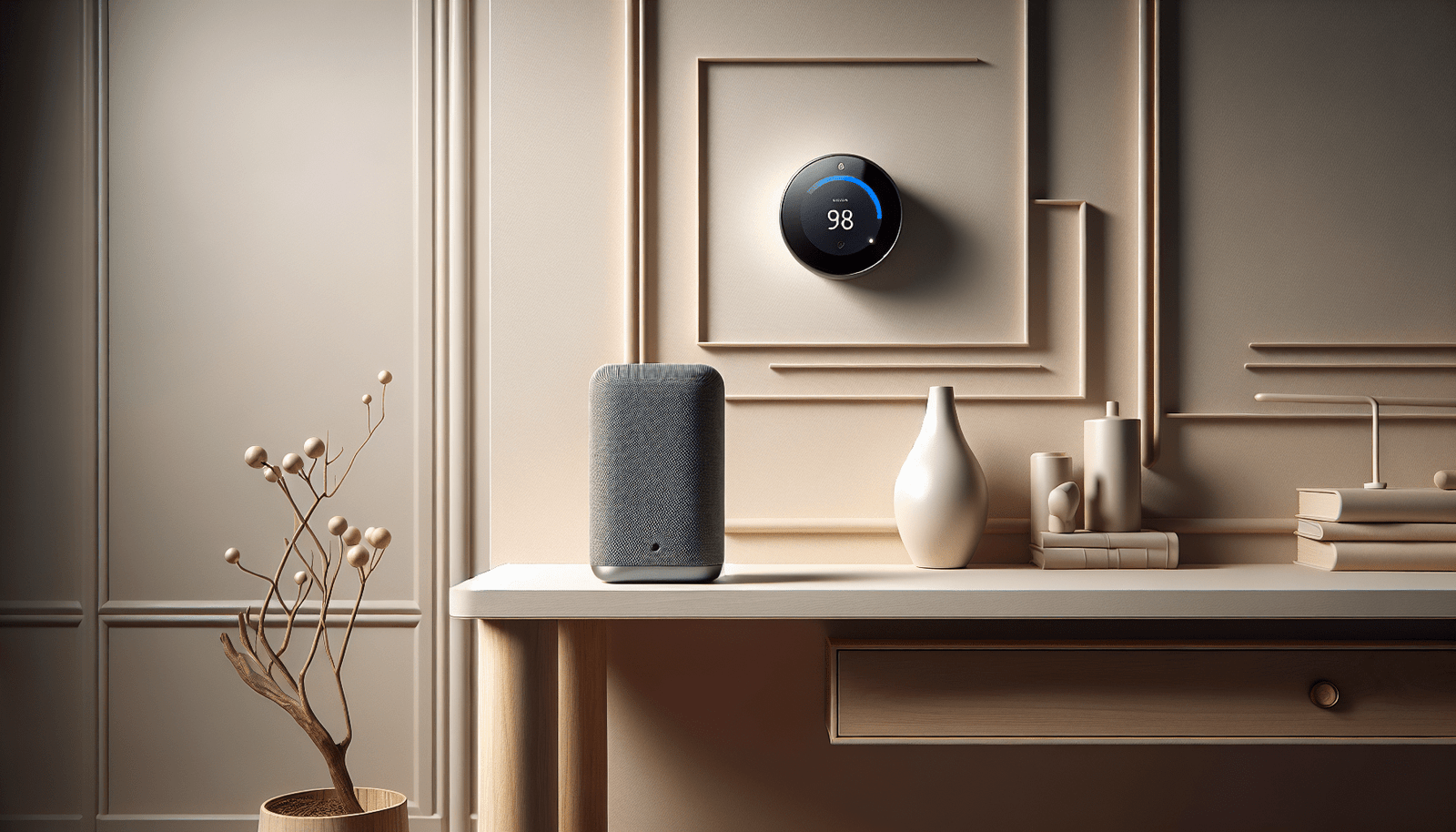Have you ever wondered how the rapidly evolving world of smart home technology is reshaping the spaces where we live? As our living environments become more interconnected and intelligent, the way we approach interior design is changing. Smart home technology isn’t just about convenience anymore; it’s about creating a cohesive and efficient living environment that aligns perfectly with modern lifestyles.
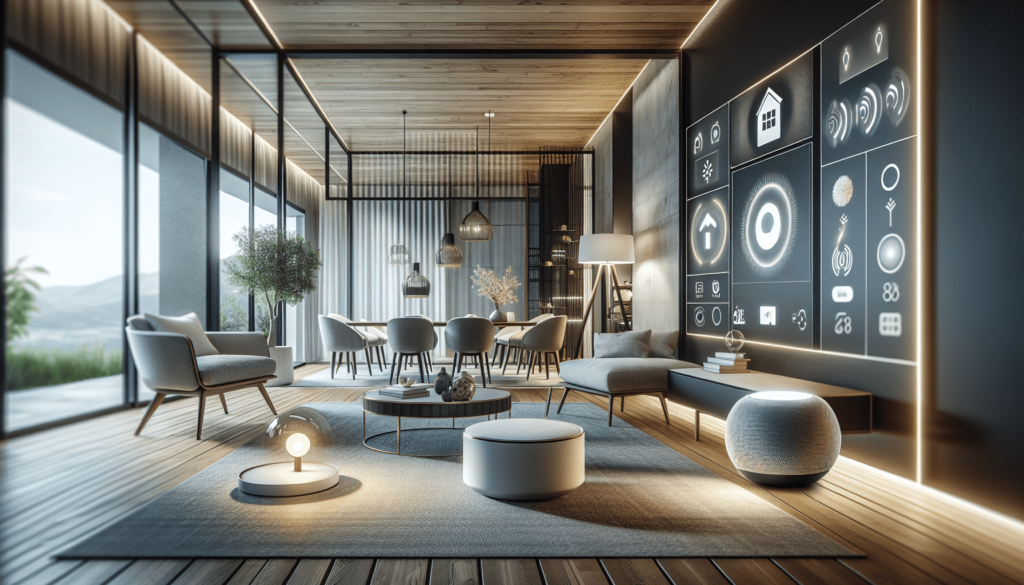
What Is Smart Home Technology?
Smart home technology refers to a suite of devices and systems that automate and enhance the functionality of a home through interconnected devices. These devices often rely on internet connectivity to communicate, allowing users to control various home features such as lighting, climate, security, and entertainment through smartphones, tablets, or voice commands.
Overview of Smart Home Devices
Smart home devices encompass a broad array of products, including:
- Smart Lighting: Manage the ambiance of your home with customizable lighting settings that adjust automatically based on your daily routine.
- Smart Thermostats: Optimize energy usage by learning your schedule and preferences.
- Smart Security Systems: Enhance protection with cameras, motion detectors, and doorbells that alert you to activity, no matter where you are.
- Smart Assistants: Devices like Amazon Echo or Google Home that enable voice control of various house functions.
The integration of these devices allows for a seamless blend of function and style, creating not only a more connected living experience but also a more aesthetically pleasing space.
How Smart Home Devices Transform Interior Design
Smart home technology significantly influences the way we design our interiors. It goes beyond mere utility and extends into the realm of design aesthetics and lifestyle enhancement.
Enhancing Aesthetics with Smart Technology
Gone are the days when technology meant unsightly gadgets that clash with your décor. Today’s smart devices are designed with sleek aesthetics that complement modern design trends. Devices can be embedded within walls or ceilings to maintain a minimalist look, allowing your design choices to shine without interference from bulky hardware.
Maximizing Space and Functionality
Smart home devices can transform even the simplest home layout into a multipurpose area, which is particularly valuable in urban settings where space is limited. For example, smart storage solutions can reveal additional space in small apartments, and convertible furniture controlled by smart devices can shift a living room into a bedroom in seconds.
Personalized Living Environments
With smart home systems, you can customize your living environment like never before. Imagine your home adjusting temperature, lighting, and even music based on your mood or the time of the day. Such personalization not only enhances comfort but also boosts efficiency by adapting to your lifestyle habits.
Cost and Value Considerations
Choosing to integrate smart technology into your home involves a mix of upfront costs, potential savings, and increased property value. Understanding these elements will help you decide whether smart technology is worth the investment.
Initial Costs and Affordability
The initial cost of smart home technology can vary widely depending on the devices selected and the size of your home. Basic installations can start at a few hundred dollars, while a comprehensive smart home system for a larger property could run into the several thousands. It’s important to evaluate your specific needs to determine a budget that makes sense for you.
Long-Term Savings and Return on Investment
While the upfront costs might seem daunting, smart home technology often leads to substantial long-term savings. Smart thermostats and energy-efficient appliances can significantly decrease your utility bills. Additionally, smart security systems can lower homeowners insurance premiums, providing further savings.
Increasing Property Value
Homes equipped with smart technology are increasingly appealing to buyers, thus enhancing the property’s market value. In many cases, a modest investment in smart home features can translate into higher resale prices, drawing tech-savvy buyers who prioritize convenience and modern amenities.
Comparing Smart Home Solutions
Not all smart technologies are created equal, and it’s crucial to compare options to find what suits your home the best. Here are some real-world examples and comparisons to help guide your decisions.
Real-World Use Cases
Consider smart door locks, which offer enhanced security and convenience. Brands such as August and Schlage both offer effective solutions, but with differing features. August locks might offer more user-friendly app interface, while Schlage might provide better durability and integration with existing security systems.
Side-by-Side Comparisons
Here’s a simple comparison between major types of smart home devices:
| Device Type | Popular Brands | Key Features | Price Range |
|---|---|---|---|
| Smart Lighting | Philips Hue, LIFX | Custom scenes, app/voice control | $20 – $200 |
| Smart Thermostat | Nest, Ecobee | Energy reports, room sensors | $150 – $300 |
| Smart Security Camera | Arlo, Ring | HD video, night vision | $100 – $400 |
| Smart Speaker | Amazon Echo, Google Home | Voice assistant, smart hub | $30 – $300 |
Selecting the Right Devices
Each smart device has unique features that might appeal to different users based on priorities such as budget, feature set, and design. Your selection will depend on your specific requirements and the compatibility with other devices.
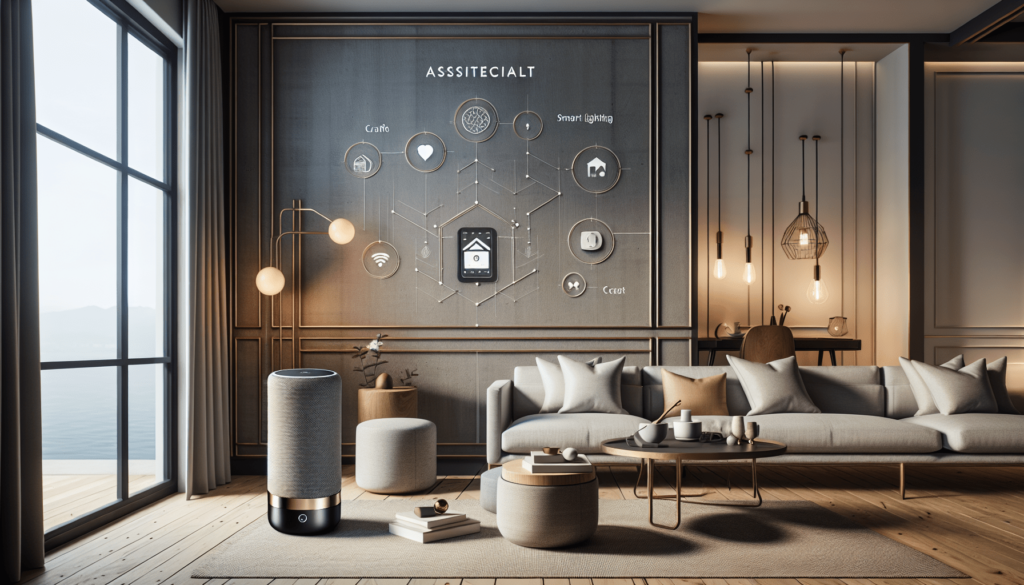
Practical Setup Guides for Smart Home Integration
Bringing smart technology into your home is not as daunting as it might seem. With the right guidance, you can enjoy a smoother transition.
Step-by-Step Installation Guides
-
Assess Your Needs: Evaluate what areas you want to automate and what goals you aim to achieve, like energy savings or enhanced security.
-
Choose Compatible Devices: Consider the ecosystem you want, ensuring the new devices will work well with existing systems, whether it’s Apple HomeKit, Amazon Alexa, or Google Assistant.
-
Follow Manufacturer Instructions: Each device usually comes with a detailed setup guide. Follow these instructions carefully, and reach out for customer support if required.
-
Integration and Testing: Once installed, test the devices to ensure seamless integration. For instance, check if your smart lights change as commanded or if your security system sends alerts as expected.
-
Customize Settings: Tailor the configurations for maximum comfort and efficiency, such as scheduling lights to dim at bedtime or setting the thermostat to achieve the desired temperature upon waking.
Avoiding Common Set-Up Mistakes
Be cautious about potential compatibility issues and the network bandwidth required for multiple connected devices. Ensure your WiFi connection is robust enough to handle all the smart devices without hindrance.
Security and Privacy Factors
While smart home technology offers many benefits, it’s essential to be aware of potential security and privacy issues associated with interconnected devices.
Understanding the Risks
From data breaches to unauthorized access, smart home devices can be vulnerable to security threats. This risk underscores the importance of investing in devices from trusted brands and consistently updating firmware to protect against the latest threats.
Safety Features and Best Practices
-
Use Strong Passwords: Ensure all devices are secured with complex passwords.
-
Two-Factor Authentication: Activate this extra security layer to protect access to your devices and apps.
-
Regular Updates: Keep all smart device software up-to-date to protect against vulnerabilities.
-
Secure Networks: Use a dedicated network for smart devices separate from your main home WiFi network.
By adopting these practices, you can enjoy the benefits of a smart home while safeguarding your privacy.
Energy Efficiency and Sustainability
Smart technology is not just about convenience—it’s a powerful tool for promoting energy efficiency and sustainability within the home.
Reducing Energy Consumption
Smart devices like thermostats and lighting are key players in reducing energy usage. They optimize how energy is consumed based on real-time data, emerging trends, and user preferences. For example, smart lights can be scheduled to turn off when natural light suffices or smart thermostats can adjust heating or cooling when you’re away, reducing unnecessary energy consumption.
Environmental Impact of Smart Homes
By helping reduce energy consumption, smart homes contribute to a smaller carbon footprint. Energy-efficient devices and systems can significantly lower your home’s environmental impact, which is a priority for environmentally conscious homeowners.
Compatibility and Connectivity
Ensuring that smart home devices work seamlessly with each other is critical for a successful smart home ecosystem.
Platforms and Hubs
Smart home platforms like Amazon Alexa, Google Assistant, and Apple HomeKit serve as hubs that facilitate communication between diverse smart devices. Knowing which platform fits best with your existing devices is key for a harmonious smart home experience.
Understanding Interoperability
Interoperability refers to how well different systems work together. When selecting devices, check for compatibility labels indicating they work smoothly with your chosen platform. Investing in devices that seamlessly integrate into an existing ecosystem reduces the risk of technical difficulties.
Future-Proofing Your Smart Home
The pace of technological advancement in smart home devices implies the need for future-proofing strategies to keep your home resilient to change.
Emerging Trends and Developments
Keep an eye on trends such as improved voice assistance, AI capabilities, and enhanced data analytics, which are shaping the future of smart homes. Futuristic technologies like smart glass, dynamic ambience sensors, and advanced AI could play significant roles in the smart home industry.
Preparing for Advancements
Future-proofing involves setting up an adaptable infrastructure that can integrate upcoming technological innovations. Opt for devices known for offering frequent updates or those designed to integrate new functionalities as they become available.
Is Smart Home Technology Right for You?
To conclude, smart home technology is reshaping the way we design and interact with our living spaces. Its compatibility with modern life, potential energy savings, increased property value, and enhanced security make it an attractive investment for many.
However, like any substantial investment, consider your specific needs, budget constraints, and long-term goals. By carefully weighing these factors, you can make an informed decision about integrating smart technology into your home, ultimately transforming it into more than just a place to live, but a hub of convenience, efficiency, and style. Whether you’re a homeowner, renter, or tech enthusiast, there are smart home solutions that can enhance your daily life.
